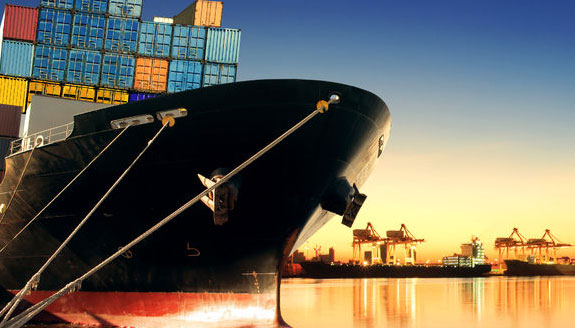Ocean & Sea Freight
Container types and average capacities – Cbm = Cubic Metre LCL Cargo is usually moved in 20ft/40ft/40ft High Cube Standard Containers 20ft Standard/General Purpose – 33 Cbm / 21500Kgs 40ft Standard/General Purpose – 67 Cbm / 26500Kgs 40ft Standard/General Purpose High Cube – 76Cbm / 26500Kgs 20ft Open Top – 32Cbm / 21500Kgs
Sea freight is the transportation of goods by sea, using ships or vessels. It is a major component of the global logistics industry, facilitating the movement of large volumes of goods between countries and continents.
One of the key benefits of sea freight is its capacity. Ships can carry large quantities of goods, making it an efficient and cost-effective mode of transport for bulk shipments. It is also relatively safe, with modern vessels equipped with advanced navigation and safety systems, and can be more environmentally friendly than other modes of transport such as air freight.
However, sea freight also has some challenges. Transit times can be longer than other modes of transport, especially for intercontinental shipments, which can impact supply chain planning and customer service.Severe weather conditions, piracy, and port congestion can also cause delays and disruptions to deliveries, which can impact businesses and consumers.
Efficient sea freight operations rely on effective planning and coordination, which involves managing the movement of vessels and goods, ensuring compliance with regulations and safety standards, and optimizing routes and schedules to minimize costs and maximize efficiency. Digital technologies such as automated cargo tracking and port management systems can help to improve visibility and control over sea freight operations, enabling businesses to make more informed decisions and respond quickly to changes in demand or unexpected events.
Sea freight is a widely used mode of transport for global trade, and it offers several benefits for businesses that need to move large volumes of goods over long distances. Some of the key benefits of sea freight include:
-
Cost-effectiveness: Sea freight is typically more cost-effective than other modes of transport, especially for bulk shipments or goods with low value-to-weight ratios. This makes it an ideal choice for businesses that need to move large volumes of goods over long distances.
-
Capacity: Ships can carry large volumes of goods, making sea freight an efficient way to move large quantities of goods in a single shipment. This can help to reduce transportation costs and improve supply chain efficiency.
-
Environmental benefits: Sea freight is generally considered to be more environmentally friendly than other modes of transport, such as air freight, due to its lower carbon emissions. This makes it an attractive option for businesses that are committed to reducing their environmental impact.
-
Reliability: Although sea freight can be slower than other modes of transport, it is generally considered to be more reliable due to its regular schedules and fewer weather-related disruptions.
-
Security: Ships are generally considered to be a secure mode of transport, and many vessels are equipped with advanced security systems to protect cargo from theft and piracy.
Overall, sea freight offers several benefits for businesses that need to move large volumes of goods over long distances. By taking advantage of these benefits, businesses can improve their supply chain efficiency, reduce transportation costs, and enhance their environmental sustainability.
IMPORT/EXPORT SEA FREIGHT SERVICES
- Import Customs Clearance,/li>
- Export Customs Clearance
- Collection & Delivery services
- Storage & Distribution
- Cargo Insurance

